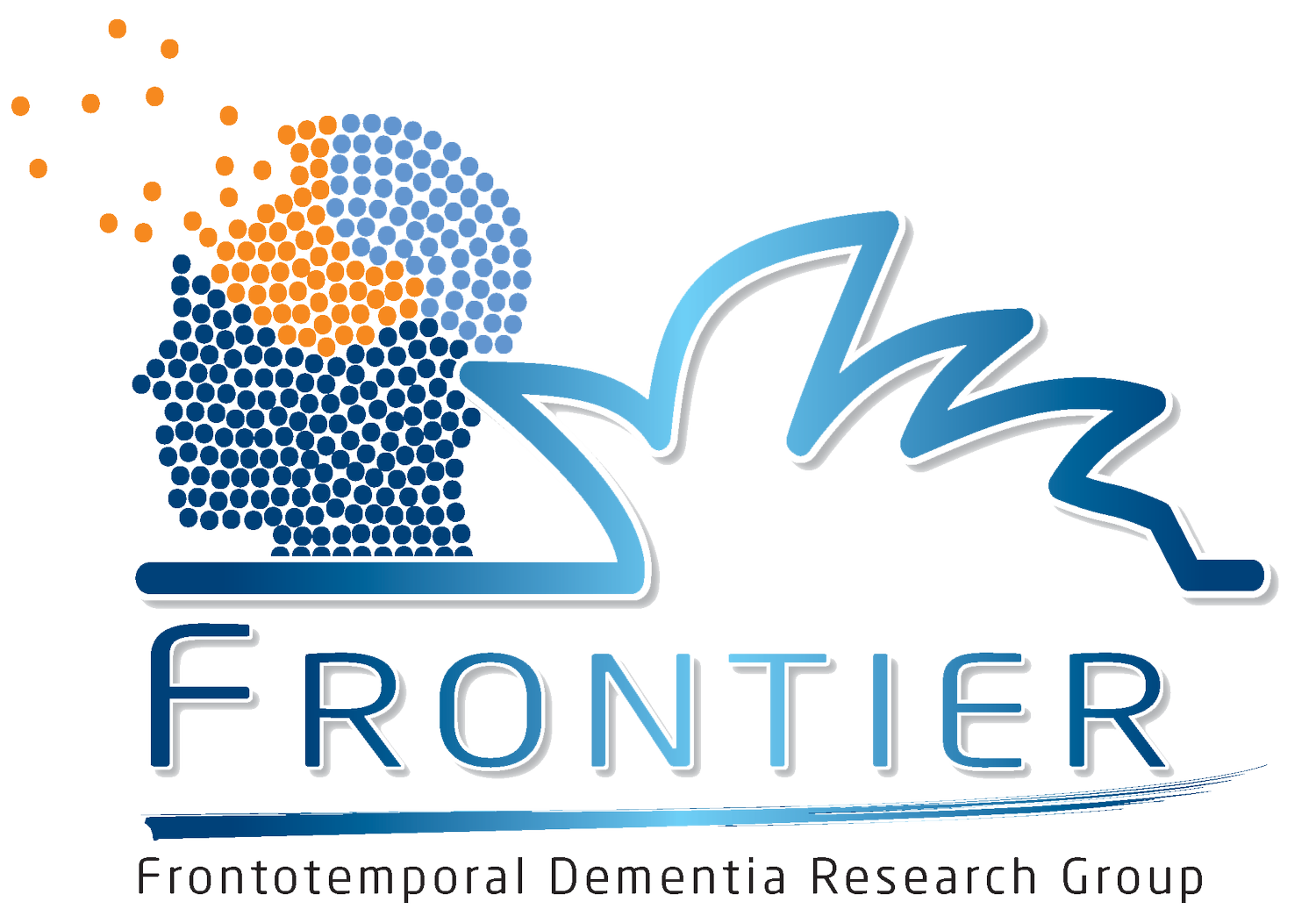Alzheimer’s Disease and Atypical Presentations
Alzheimer’s disease (AD) is the most common form of dementia. Like all dementias, it is caused by a gradual loss of brain cells. This loss is primarily driven by the build-up of abnormal proteins—amyloid plaques and tau tangles—that interfere with communication between brain cells .
In most cases, the earliest symptoms are related to memory—particularly trouble remembering recent events. Individuals may forget conversations, misplace items, or struggle to recall things they were once familiar with. In contrast, memories from early life periods tend to be better preserved. This is known as the amnestic presentation of AD and is the most typical form. This pattern reflects early damage and shrinkage (atrophy) to the hippocampus and surrounding brain regions, which play a central role in memory functions.
However, not everyone with AD experiences memory loss first. In some individuals, the disease begins in other regions of the brain, leading to problems with vision, language, or behaviour. These are called atypical variants of AD, each linked to shrinkage in different brain areas:
-
This variant primarily affects the brain regions that are responsible for visual processing (occipital regions). Individuals with PCA may have difficulty with visual tasks, such as reading or recognising objects, despite having no significant memory loss in the early stages. Symptoms may also include problems with spatial awareness and depth perception.
-
Considered a subtype of primary progressive aphasia (PPA), it is also commonly referred to as the logopenic variant of PPA (lvPPA). LPA primarily affects language skills, with individuals experiencing difficulty finding words, forming sentences, and repeating phrases. While memory loss may occur, it is typically less pronounced in the early stages. LPA is linked to degeneration in regions of the left hemisphere of the brain responsible for language processing (temporoparietal junction).
-
This variant affects the frontal lobes, leading to changes in behaviour, personality, and social conduct before memory loss becomes evident. Early symptoms may include impulsivity, emotional withdrawal, or poor judgement. This variant resembles behavioural-variant frontotemporal dementia, although its cause is Alzheimer’s pathology.
While symptoms vary, all these presentations of Alzheimer’s disease share the same underlying brain pathology and worsen gradually over time. Recognising these differences is essential for accurate diagnosis and appropriate care.
Underlying Brain Pathology
All forms of AD, whether typical or atypical, involve the accumulation of two proteins in the brain: beta-amyloid and tau.
Amyloid plaques: overproduction of beta-amyloid leads to clumping of the protein outside the nerve cells (neurons), called ‘plaques’, disrupting communication between nerve cells.
Tau tangles: in contrast, tau accumulates inside brain cells and forms ‘tangles’, interfering with their internal transport systems.
The current model is that accumulation of beta-amyloid is the first process to occur, for reasons that are unclear. This in turn will trigger the progressive increase in tau production. These changes begin many years before symptoms appear and gradually cause loss of brain cells in various brain regions. In typical amnestic AD, this loss is focused in memory-related regions—particularly the hippocampi. In atypical variants, the pathology is found in other brain regions that are responsible for vision, language, or behaviour, matching the pattern of brain atrophy and symptoms.
Why Identifying The Underlying Pathology Is Important
Understanding the type of protein changes in the brain is important for treatment decisions. For example, some new medications are specifically designed to target Alzheimer-related pathology. These treatments are only suitable for individuals with Alzheimer’s disease pathology, regardless of whether their symptoms are typical (memory-led) or atypical (language, visual, or behavioural changes). Identifying the correct underlying disease process helps clinicians choose the most appropriate care and may determine eligibility for research or clinical trials.
Genetics
Most cases of Alzheimer’s disease are not inherited, but genetic factors can increase risk:
Late-onset Alzheimer’s disease, the most common form, is linked to the APOE gene. Having the APOE e4 variant raises risk but does not guarantee development of the disease.
Familial Alzheimer’s disease is rare and occurs in less than 5% of people with AD. In these instances, the disease tends to manifest earlier in life (before the age of 65 years). Familial AD results from inherited genetic mutations which are transmitted across generations. Three genes, APP, PSEN1, or PSEN2, are responsible for most cases of familial AD. Similar to FTD, children of someone with the familial form of AD have a 50% risk of inheriting the faulty copy of the gene from their affected parent.
Genetic testing is typically only offered in specific cases and should be discussed with a specialist or genetic counsellor.
What Should You Do If You Are Concerned?
If you or someone close to you is experiencing changes that raise concerns about AD, the first step is to speak with your GP. They can assess symptoms and, if needed, refer you to a specialist for further evaluation.
If you’ve already had some investigations and would like input from our team, please visit the Get Involved section to find out more.



